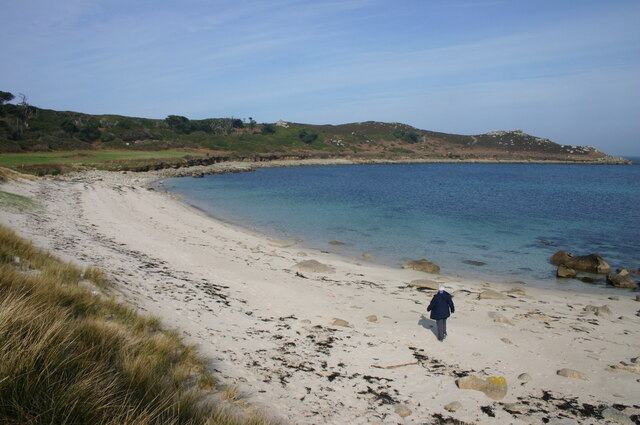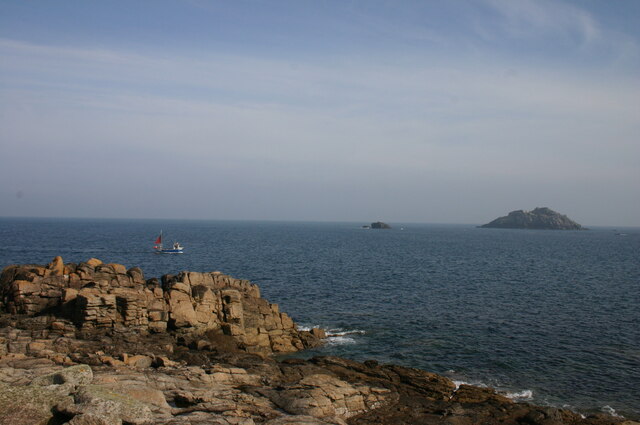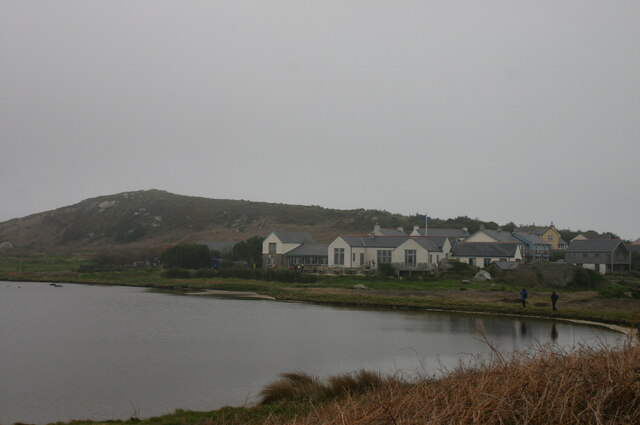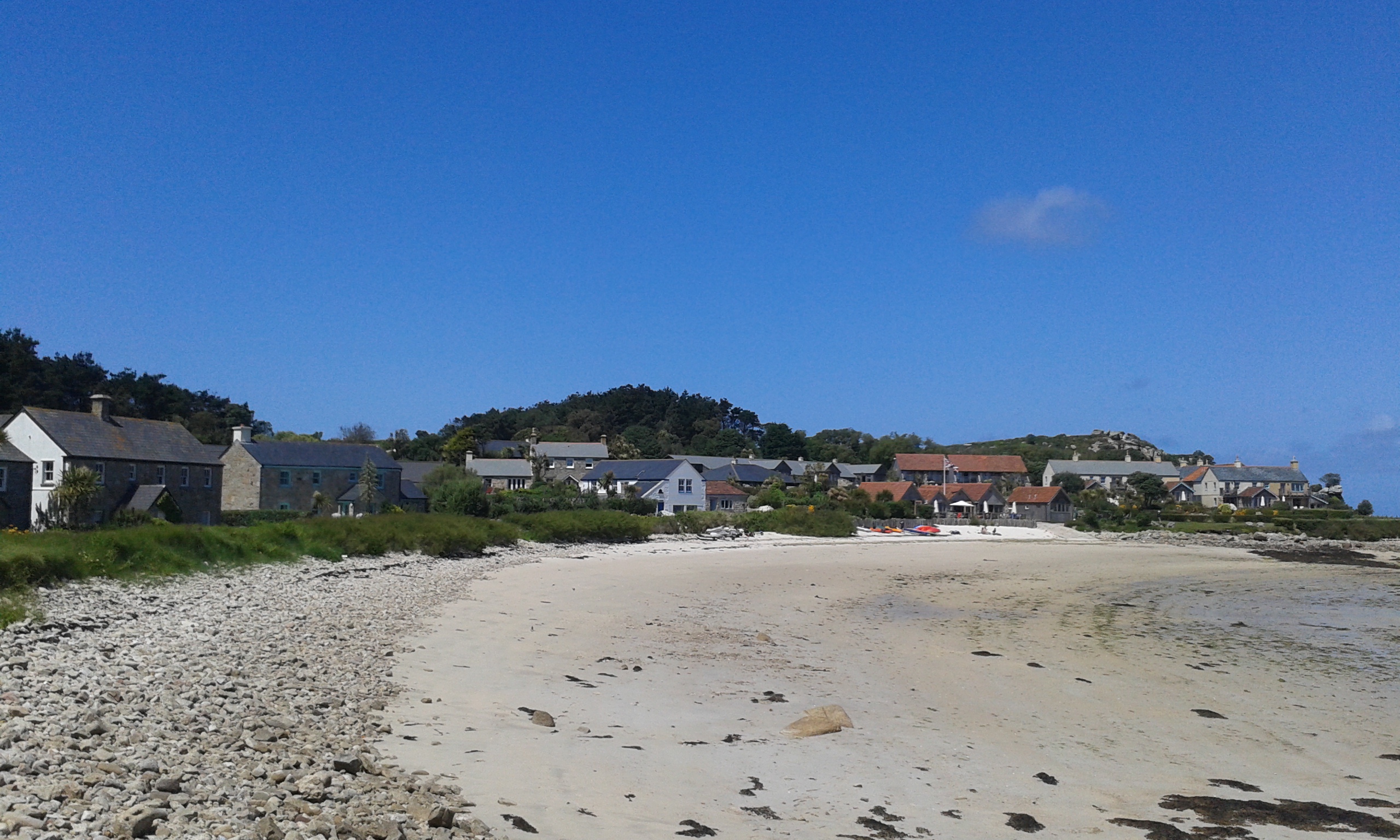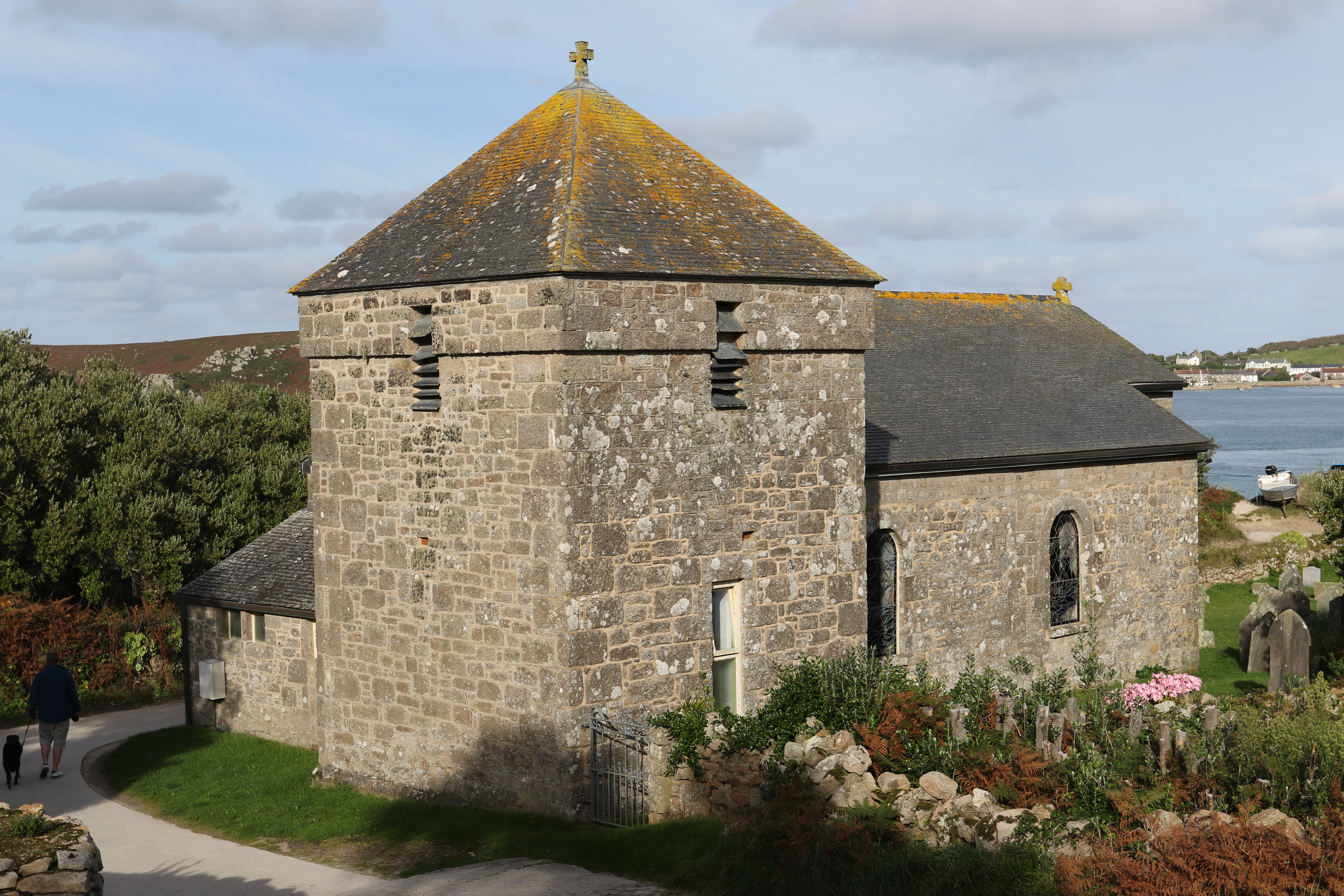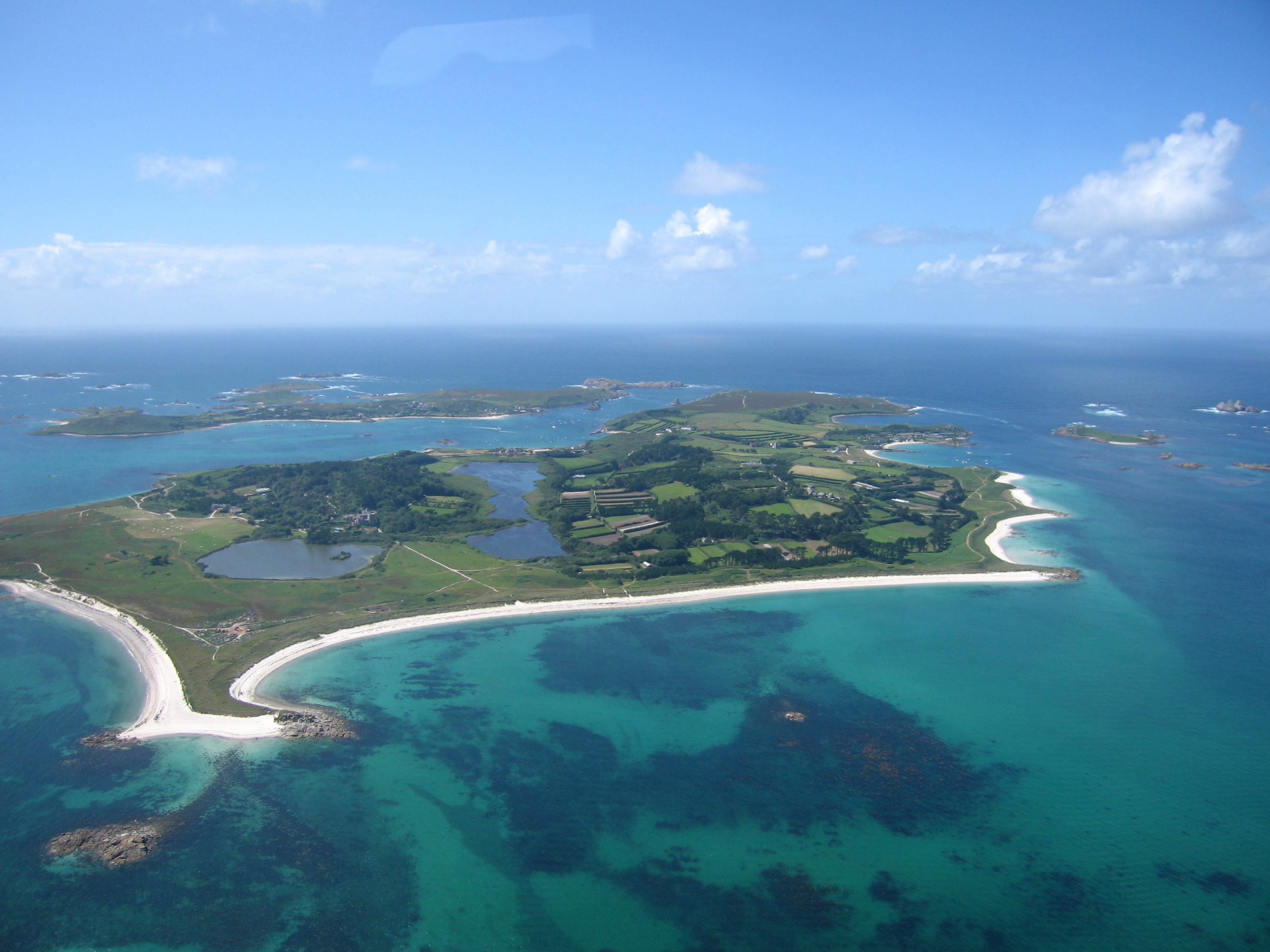Point Carn
Coastal Feature, Headland, Point in Cornwall
England
Point Carn

Point Carn is a prominent headland located in Cornwall, England. Situated on the southwestern coast of the county, it is part of the rugged and picturesque coastline that Cornwall is renowned for. This coastal feature juts out into the Atlantic Ocean, providing stunning panoramic views of the surrounding area.
With its towering cliffs and exposed rocky outcrops, Point Carn offers a dramatic and distinctive landscape. The headland is characterized by its steep slopes, which are covered in a variety of coastal vegetation, including hardy grasses and shrubs. This vegetation provides stability to the cliffs, preventing erosion and offering a habitat for a diverse range of wildlife.
The jagged rocks that line the shoreline at Point Carn are a testament to the power of the ocean, which has relentlessly battered the coast for centuries. These rocks are home to numerous species of marine life, making it a popular spot for snorkeling and diving enthusiasts.
In addition to its natural beauty, Point Carn holds historical significance. The headland was once an important lookout point during World War II, with remnants of military structures still visible today. These remnants serve as a reminder of the headland's strategic role in defending the coast.
Overall, Point Carn is a captivating coastal feature that offers a unique blend of natural beauty, wildlife, and historical significance. Whether it be for leisurely walks along the cliff paths, birdwatching, or simply admiring the breathtaking views, this headland is a must-visit destination for anyone exploring Cornwall's rugged coastline.
If you have any feedback on the listing, please let us know in the comments section below.
Point Carn Images
Images are sourced within 2km of 49.957336/-6.3426763 or Grid Reference SV8815. Thanks to Geograph Open Source API. All images are credited.













Point Carn is located at Grid Ref: SV8815 (Lat: 49.957336, Lng: -6.3426763)
Division: Isles of Scilly
Unitary Authority: Isles of Scilly
Police Authority: Devon and Cornwall
What 3 Words
///blankets.cafe.inventors. Near Tresco, Isles of Scilly
Nearby Locations
Related Wikis
New Grimsby
New Grimsby (Cornish: Enysgrymm Nowyth) is a coastal settlement on the island of Tresco in the Isles of Scilly, England. It is located on the west side...
St Nicholas's Church, Tresco
St Nicholas's Church, Tresco, is a parish church in the Church of England located in Tresco, Isles of Scilly, UK. == History == Originally two old cottages...
RNAS Tresco
RNAS Tresco was a Royal Naval Air Service base on Tresco, the second largest island in the Isles of Scilly. From February 1917 to May 1919 aircraft patrolled...
Castle Down
Castle Down is a windswept plateau of maritime heath in the northern part of the island of Tresco, Isles of Scilly. The area has a number of designations...
Old Grimsby
Old Grimsby (Cornish: Enysgrymm Goth) is a coastal settlement on the island of Tresco in the Isles of Scilly, England. It is located on the east side of...
Cromwell's Castle
Cromwell's Castle is an artillery fort overlooking New Grimsby harbour on the island of Tresco in the Isles of Scilly. It comprises a tall, circular gun...
All Saints' Church, Bryher
All Saints' Church is a Grade II listed parish church in the Church of England located in Bryher, Isles of Scilly. == History == Bryher is the most westerly...
Tresco, Isles of Scilly
Tresco (Cornish: Enys Skaw, lit. 'island of elder-trees') is the second-biggest island of the Isles of Scilly. It is 297 ha (1.15 sq mi) in area, measuring...
Nearby Amenities
Located within 500m of 49.957336,-6.3426763Have you been to Point Carn?
Leave your review of Point Carn below (or comments, questions and feedback).
